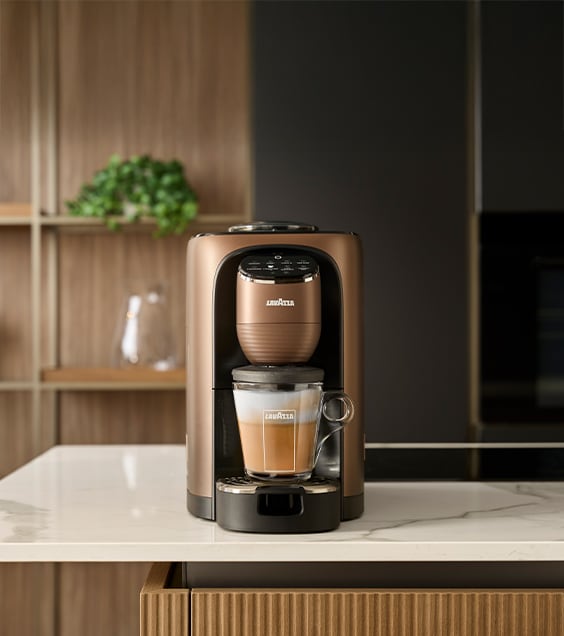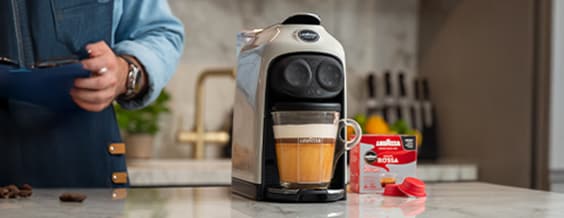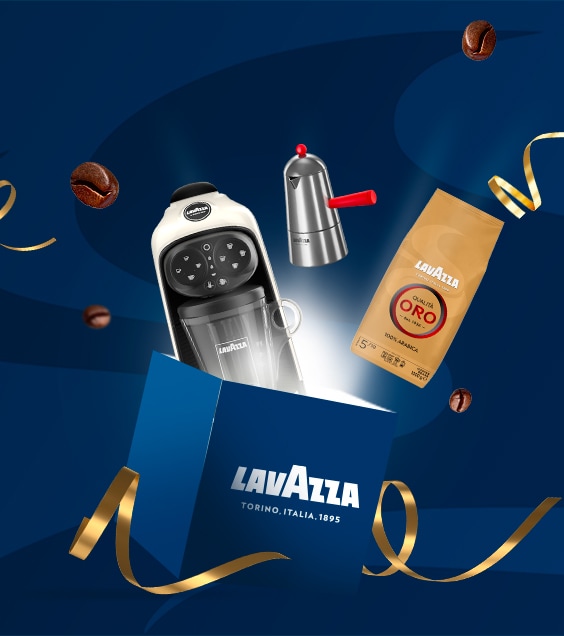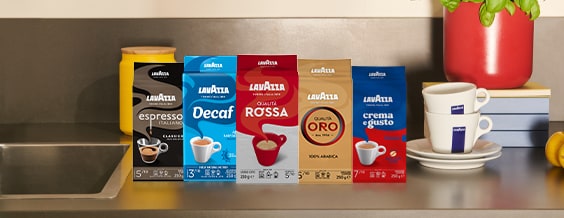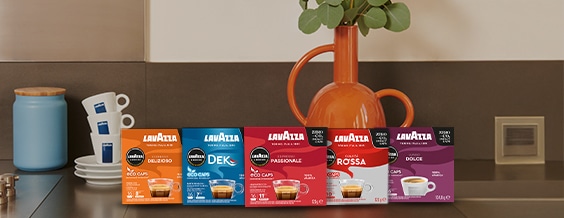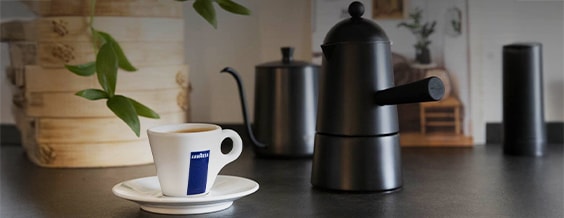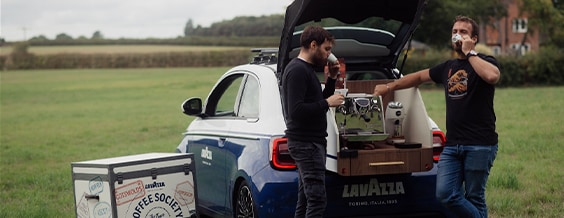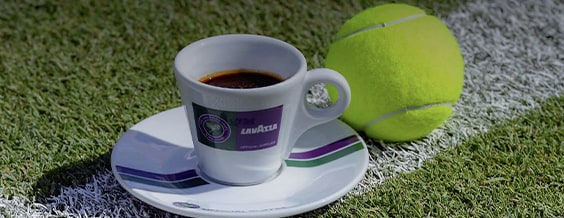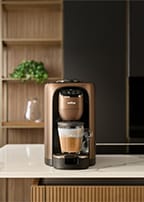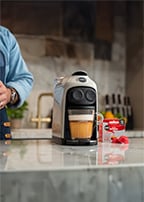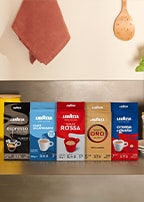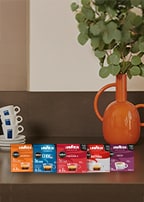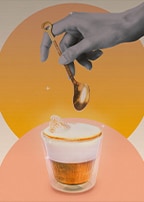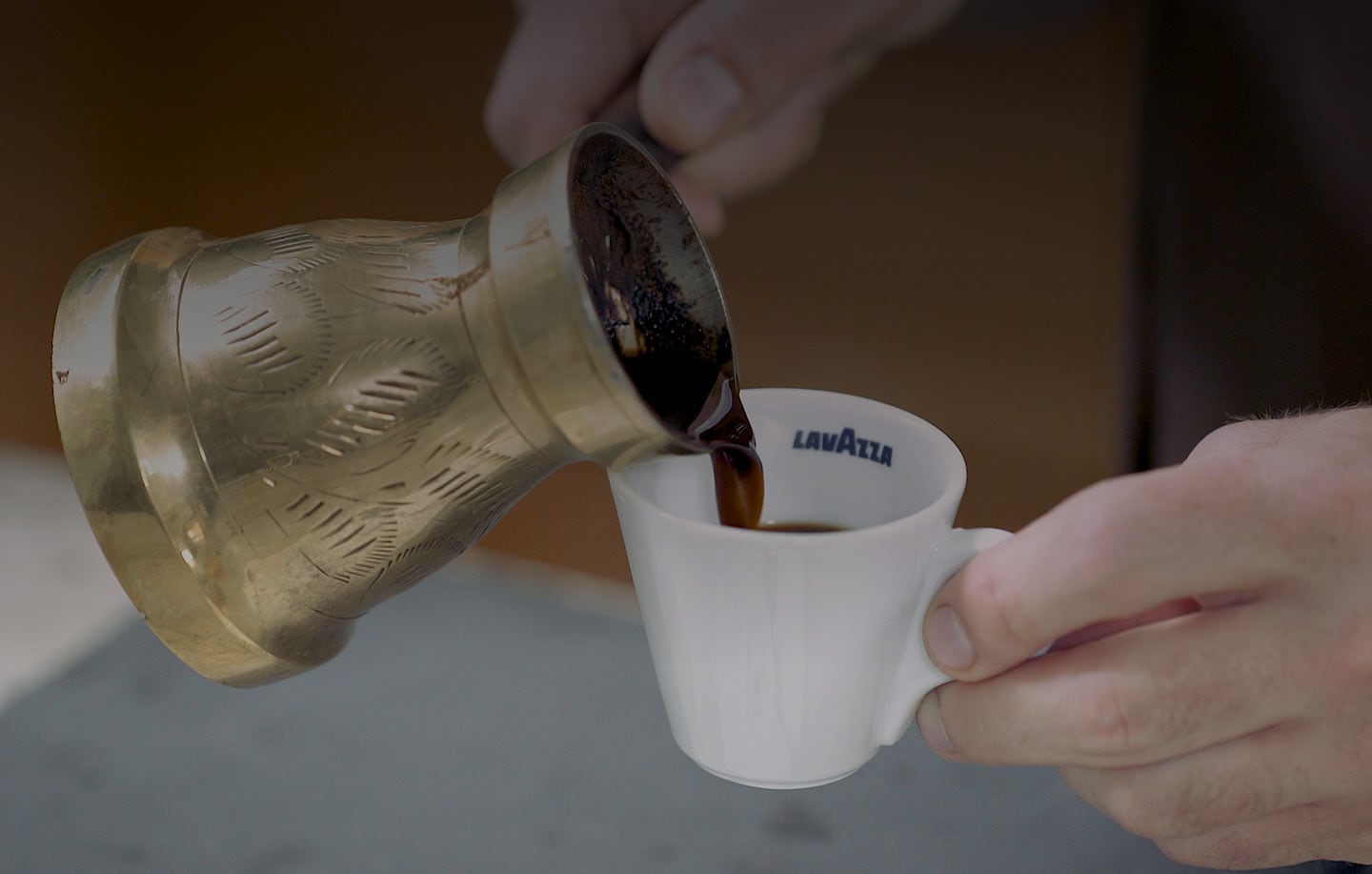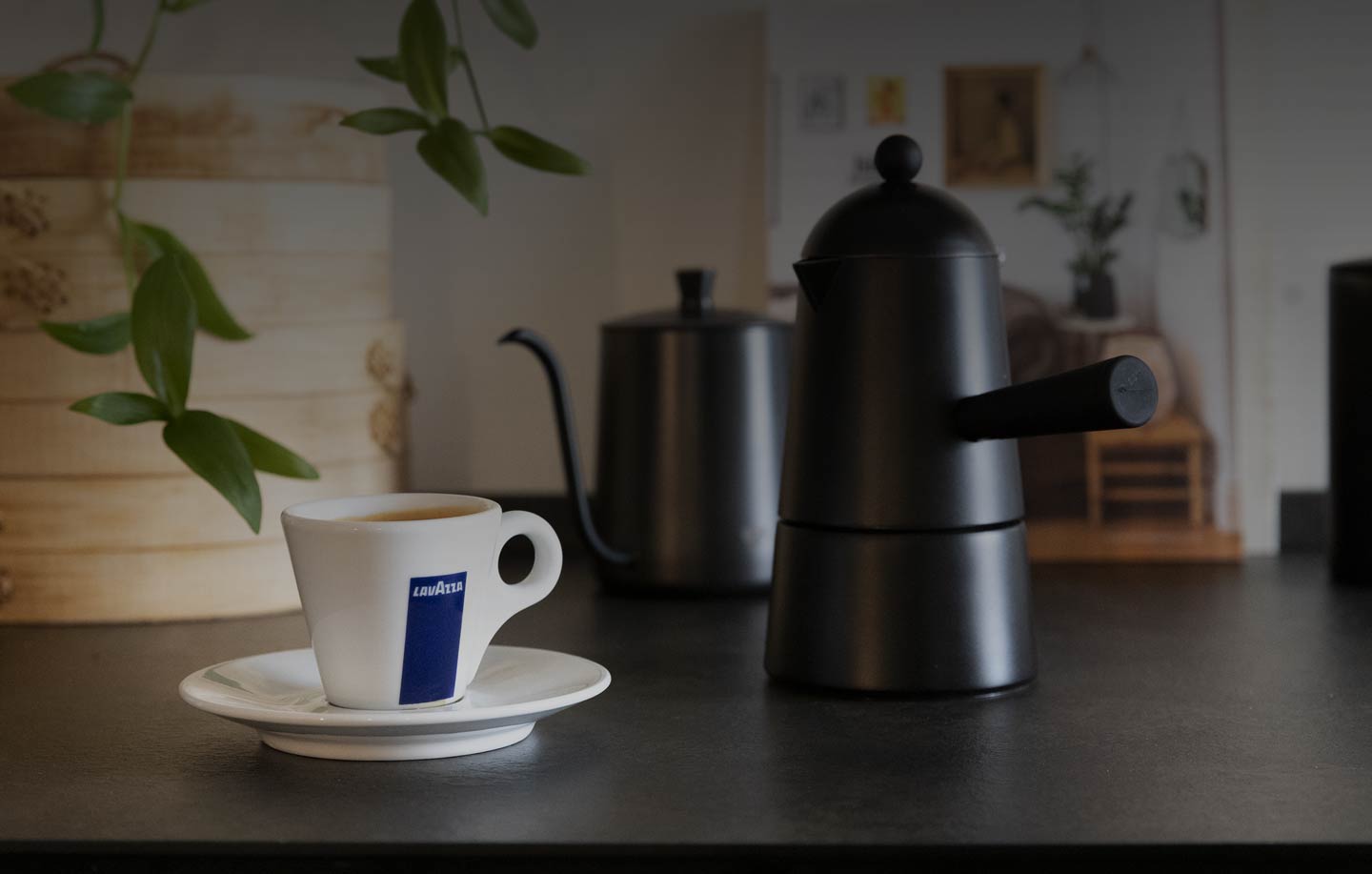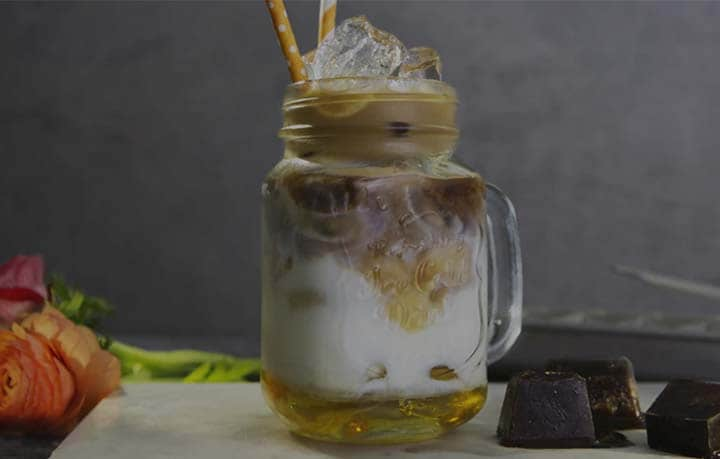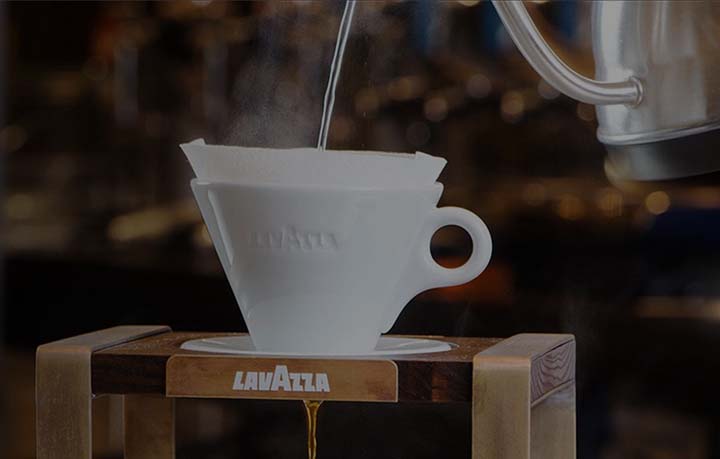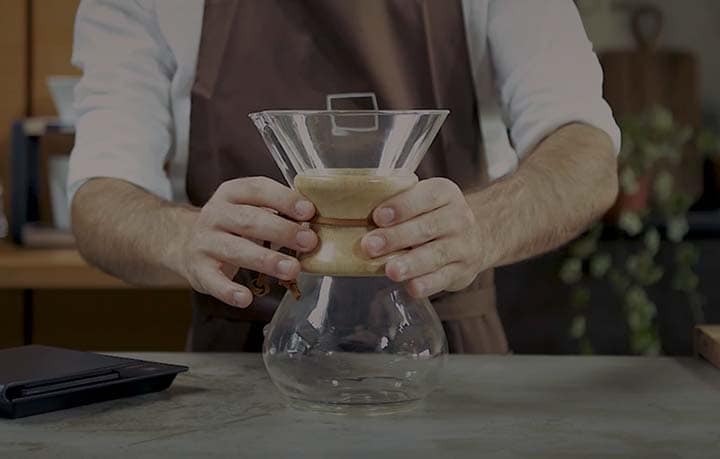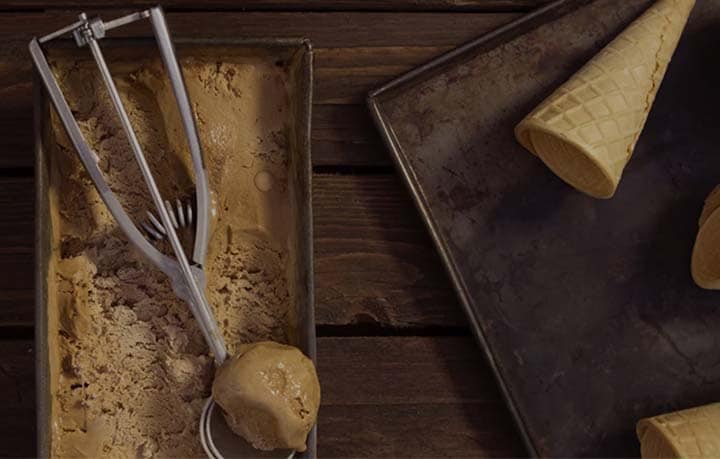*Lavazza is not affiliated with, endorsed or sponsored by Nespresso
Espresso: discover the secrets of this iconic Italian coffee
The first coffee machine was designed by Angelo Moriondo in 1873, and patented in 1884. It was a simpler version of the espresso machine that we still use today.
At the beginning of the 20th century, the espresso machine became available throughout Italy, thanks to design revisions by Luigi Bezzera (1901); and Desiderio Pavoni, who helped commercialise the device.
What is an Espresso Coffee?
We enjoy it daily, but what is espresso and what sets it apart from other brews?
It’s a concentrated coffee that’s served in shots. Espresso machines force pressurised hot water through fine coffee grounds, resulting in a thick dark brown liquid. Espresso has a crown on top, called crema. It foams in a slightly paler brown colour, due to air bubbles that mix with oils in the ground coffee. It floats on top and tastes thicker and richer than the liquid beneath.
What does espresso mean? The word can be loosely translated as ‘a cup of coffee brewed quickly’.
CHOOSING THE COFFEE BEANS FOR AN ESPRESSO
You can use any coffee beans to make an espresso. Some of us prefer medium dark-roasted coffee as it gives a more robust taste. The espresso powder that you often find in the supermarket is usually made from medium-dark roasted beans that are finely ground.
The beans should be ground until they’re as smooth as flour. If they’re coarsely ground, the espresso machine may not extract it correctly and it’ll taste less thick or rich in flavour.
The history of espresso
It all started with an explosion of the coffee business in Europe. Many cafés began flourishing across the continent, but there wasn’t enough expertise to fulfil the demand.
Back then, the machines relied on steam power to produce espresso quicker. Many created prototypes, but Angelo Moriondo’s machine was the real predecessor to espresso invention. His machine used a large boiler that heated up to 1.5x bars of pressure, pushing water through the coffee grounds underneath. It came with a second boiler, producing steam to flash the coffee grounds and finish the brew.
There isn’t any specific reason that Moriondo’s machine didn’t make it into production. But as a result, it wasn’t Moriondo who invented espresso; it was Luigi Bezzera and Desiderio Pavoni – and they soon dominated the market.
Luigi Bezzera was adept in manufacturing and making liqueurs and he presented espresso in the early 20th century. He constantly looked for a way to produce espresso quicker and pack it into a cup so that it was more convenient to distribute and sell. His first trial made espresso in a matter of seconds, but his machine caught fire due to overheating!
Although failing in his first attempt, Bezzera kept trying and only stopped when he ran out of money to expand his trials and market his products. This was where Desiderio Pavoni stepped in – buying Luigi Bezzera’s patents in 1903. Based on Bezzera’s design, Pavoni improved his creation with a pressure release valve. He also added a steam wand to make use of the built-up steam inside the machine’s boiler.
Together, they perfected the espresso machine and presented their creation at the 1906 Milan Fair. It was the day the world was introduced to caffè espresso.
Characteristics of an Espresso
An espresso is a little cup of dark elixir with an intense flavour. Taking it from the top, a good espresso should have a crema that’s thick enough to hide the coffee beneath, but it shouldn’t be so frothy that it disperses before you can taste it.
What’s a long espresso, and why does it have less body?
Long espressos are pulled for longer. They contain more water which dilutes the coffee more.
Any espresso aroma must be solid and intense. You can usually sense the notes just from inhaling the freshly brewed coffee. And sometimes you can smell the scent for several minutes after the espresso is brewed.
As for the taste, good espresso characteristics include a balanced flavour, slight sweetness, and gentle acidity. The best espresso should leave a long-lasting aftertaste, which is fragrant and vivid – even after you’ve emptied your cup.
